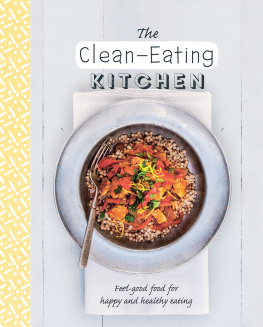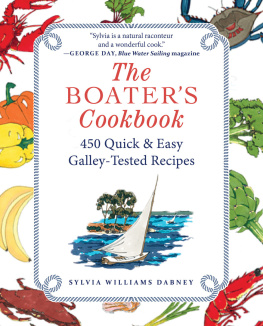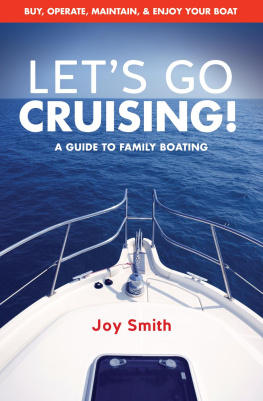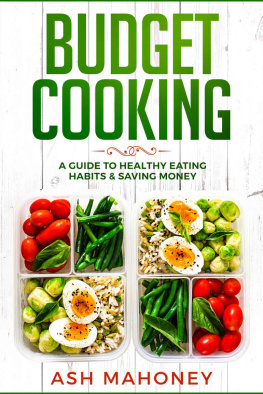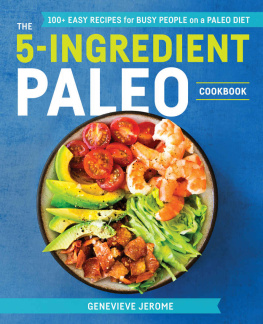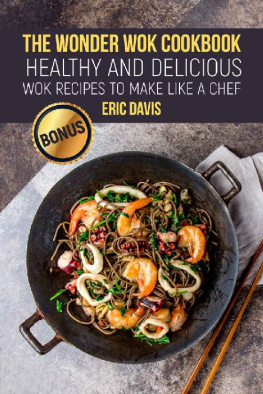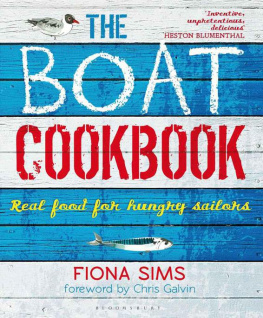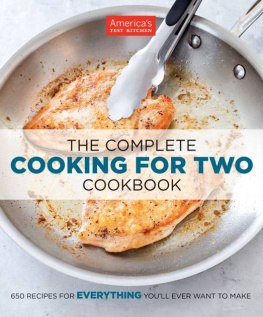
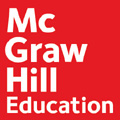
Copyright 2013 by McGraw-Hill Education. All rights reserved. Except as permitted under the United States Copyright Act of 1976, no part of this publication may be reproduced or distributed in any form or by any means, or stored in a database or retrieval system, without the prior written permission of the publisher.
ISBN: 978-0-07-178235-7
MHID: 0-07-178235-4
The material in this eBook also appears in the print version of this title: ISBN: 978-0-07-178236-4, MHID: 0-07-178236-2.
All trademarks are trademarks of their respective owners. Rather than put a trademark symbol after every occurrence of a trademarked name, we use names in an editorial fashion only, and to the benefit of the trademark owner, with no intention of infringement of the trademark. Where such designations appear in this book, they have been printed with initial caps.
McGraw-Hill Education eBooks are available at special quantity discounts to use as premiums and sales promotions, or for use in corporate training programs. To contact a representative please e-mail us at bulksales@mcgraw-hill.com.
Beef Made Easy and Spanish English Beef Cuts charts on from the Beef Checkoff. Used with permission.
Pork Basics and El cerdo es bueno charts on from the National Pork Board. Used with permission.
Omnia stove-top oven image on courtesy of Anna N Kjellgren/www.annafolio.com. Used with permission.
Cooking guidelines chart on courtesy of The Beef Checkoff. Used with permission.
Portions of the section on canned meat and seafood was written for the Galley Gourmet section of Latitudes & Attitudes. Part of it was published in September 2004 (Issue 52, ) as Un-Canny Meals.
TERMS OF USE
This is a copyrighted work and McGraw-Hill Education and its licensors reserve all rights in and to the work. Use of this work is subject to these terms. Except as permitted under the Copyright Act of 1976 and the right to store and retrieve one copy of the work, you may not decompile, disassemble, reverse engineer, reproduce, modify, create derivative works based upon, transmit, distribute, disseminate, sell, publish or sublicense the work or any part of it without McGraw-Hill Educations prior consent. You may use the work for your own noncommercial and personal use; any other use of the work is strictly prohibited. Your right to use the work may be terminated if you fail to comply with these terms.
THE WORK IS PROVIDED AS IS. McGRAW-HILL EDUCATION AND ITS LICENSORS MAKE NO GUARANTEES OR WARRANTIES AS TO THE ACCURACY, ADEQUACY OR COMPLETENESS OF OR RESULTS TO BE OBTAINED FROM USING THE WORK, INCLUDING ANY INFORMATION THAT CAN BE ACCESSED THROUGH THE WORK VIA HYPERLINK OR OTHERWISE, AND EXPRESSLY DISCLAIM ANY WARRANTY, EXPRESS OR IMPLIED, INCLUDING BUT NOT LIMITED TO IMPLIED WARRANTIES OF MERCHANTABILITY OR FITNESS FOR A PARTICULAR PURPOSE. McGraw-Hill and its licensors do not warrant or guarantee that the functions contained in the work will meet your requirements or that its operation will be uninterrupted or error free. Neither McGraw-Hill Education nor its licensors shall be liable to you or anyone else for any inaccuracy, error or omission, regardless of cause, in the work or for any damages resulting therefrom. McGraw-Hill Education has no responsibility for the content of any information accessed through the work. Under no circumstances shall McGraw-Hill Education and/or its licensors be liable for any indirect, incidental, special, punitive, consequential or similar damages that result from the use of or inability to use the work, even if any of them has been advised of the possibility of such damages. This limitation of liability shall apply to any claim or cause whatsoever whether such claim or cause arises in contract, tort or otherwise.
Contents
preface
No matter what anyone tells you, boat cooking is different from cooking ashore. The space is smaller, theres no grocery store five minutes away, you have fewer prepared foods, and electric appliances and food storage are much different.
Over the years weve learned this the hard way. Decades ago, we were two couples living in different states, spending summers racing small one design sailboats against each other. Then we decided to take a wild jaunt to Strictly Sail Chicago. When the weekend was over, wed signed up for a big boat charter together in the British Virgin Islands.
Stepping aboard the charter sailboat, we wondered what wed gotten ourselves into. Were we nuts? As the wind filled the sails, the rumbling diesel was silenced and we were left with the mesmerizing sounds of crystal blue water sluicing past the hull. All four of us were grinning from ear to ear.
At anchor that night, we got our first lesson in galley management. It is not a good idea to dump all the food into the refrigerator, pour 20 pounds of ice over it, and then run the engine-driven refrigeration for an hour. Everything froze into a solid block of ice and we spent an hour chopping our first night celebration steaks out of the mess.
The rest of the week was magicalsailing, snorkeling, hiking, and even making some pretty good meals. All of us knew that someday wed go cruising again. And we did, first chartering and then each buying our own boat a few years later.
Fast forward to now, with 20,000+ miles of cruising between us. Jan and her husband, David, were aboard Winterlude in the western Caribbean to Cartagena and the San Blas islands, and Carolyn and her husband, Dave, were aboard Que Tal in the Sea of Cortez and south to El Salvador. Despite cruising different oceans, we had both faced the same challenge: eating well while having time to enjoy all the other great aspects of cruisingsnorkeling, swimming, kayaking, exploringor just sitting and admiring the view.
We learned with the cookbooks we both had aboard and wished for information we didnt havesuch as the time when Jan ended up with a frozen chicken complete with head and feet and no instructions on how to cut it up. Bit by bit, we filled in the gaps.
When we couldnt get foods such as sour cream, English muffins, spaghetti sauce, or yogurt, we adapted recipes to make our own. We experimented with substituting ingredients. Maybe the result wasnt identical, but it was still tasty. We learned easier ways to make things by hand, without electrical appliances. We tried various methods for storing foods and learned from our failures. When the tropical heat got to us, we developed strategies that not only reduced the heat in the boat but also conserved propane. We asked the local fishermen how to prepare the seafood. Most of all, we had fun!
As we traded recipes and knowledge with each other and cruisers, we realized that the information we were compiling would be useful to others. The Boat Galley Cookbook is designed to help you every step of the way. We hope it becomes a trusted reference on your boat and a source of many enjoyable meals.
Fair winds and following seas!

how to use this book
The Boat Galley Cookbook is a comprehensive guide to cooking in a small boat, with tons of features to make cooking aboard easy and enjoyable. Weve divided the book into two parts, as follows:
A Galley Frame of Mind includes helpful galley informationtips, tricks, and cooking techniquesthat we learned through experience. We hope you will read through all the chapters in this section to familiarize yourself with our approach.
Next page

